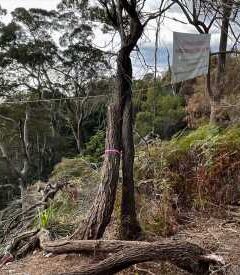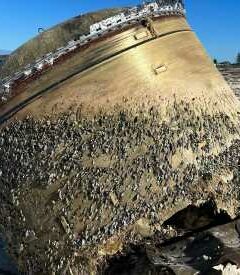Home » Australasia »
Warning of aftershock danger as powerful earthquake strikes north-west Japan
A powerful earthquake has jolted north-western Japan, causing minor injuries to 21 people and a brief evacuation of coastal areas before the risk of a tsunami passed.
Business were returning to normal on Wednesday morning following the 6.7 magnitude quake, with trains mostly running as usual and electricity restored to thousands of homes after they lost power.
There were no reports of serious damage from the tremor. Minor sea level changes were detected by several coastal cities, but a tsunami warning was lifted after about two and a half hours.
Japan’s Meteorological Agency said the earthquake struck off the western coast of Yamagata about 30 miles south-west of the city of Sakata. It was fairly shallow, about nine miles below the sea’s surface. Shallow quakes tend to cause more damage.
The Fire and Disaster Management Agency said 21 people were injured, most of them in Yamagata prefecture. Most of the injuries were described as minor.
Chief cabinet secretary Yoshihide Suga urged residents to be prepared for possible aftershocks.
Tsuruoka city crisis management official Takehiko Takahashi said in a televised interview that city officials helped coastal residents evacuate to higher ground as a precaution before the tsunami warning was lifted.
More than 1,500 people took shelter at evacuation centres in Murakami city and elsewhere in Niigata prefecture, but many of them left on Wednesday morning to check their homes.
Public broadcaster NHK showed people using flattened cardboard boxes as mattresses to sleep on in a school gym. Many others, including children, were still awake and sitting against the walls.
Bullet train service was suspended in parts of the region because of power outages and for safety checks, but were functioning normally on Wednesday morning. About 9,000 households in Yamagata and Niigata lost power, according to Tohoku Electric Power.
All seven reactors at the Kashiwazaki-Kariwa nuclear plant in Niigata were offline and no abnormalities were reported. Two other nuclear power plants in the affected region were also intact, according to the Nuclear Regulation Authority.
Japan is one of the most earthquake and tsunami-prone areas in the world.
On March 11 2011, a magnitude 9.0 quake offshore caused a tsunami that triggered meltdowns at the Fukushima nuclear power plant.
The quake and tsunami heavily damaged coastal areas and took more than 18,000 lives.
Source: Read Full Article


